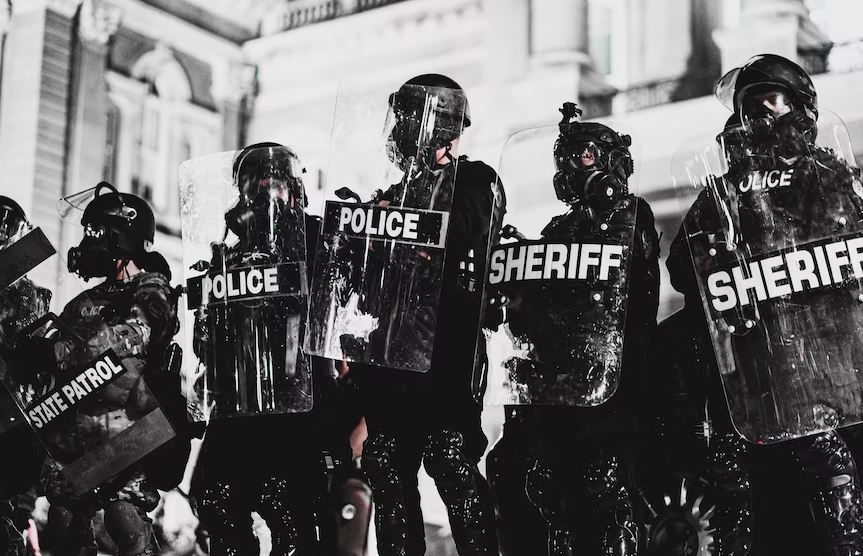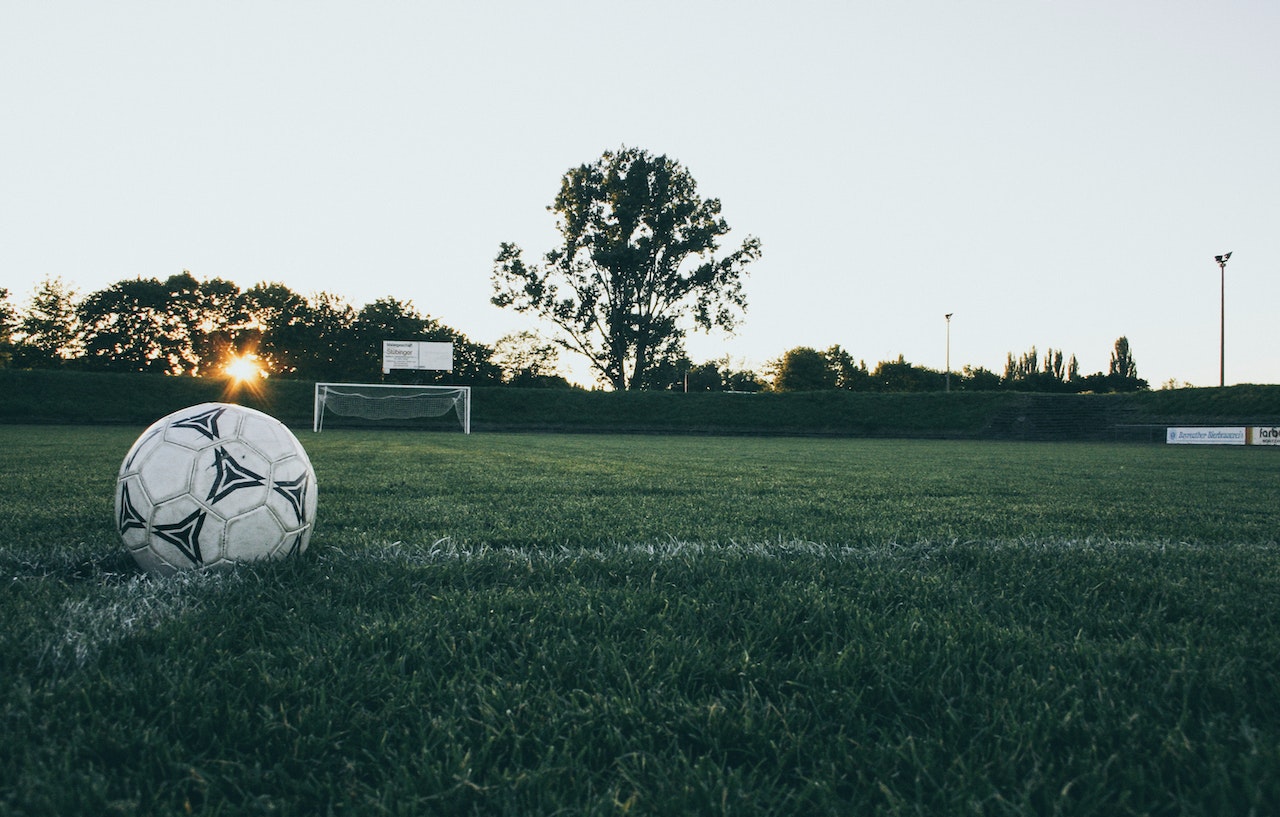Post-Game Riot That Resulted in Over 300 Deaths

On May 24, 1964, a controversial referee’s call at a soccer match in Lima, Peru, sparked riots that left more than 300 people dead and 500 injured.
During the 1964 Olympics qualifying match between Peru and Argentina, Peruvian fans cheered wildly as their team closed in on victory. The decision by the referee to disallow an apparent goal for Peru led to chaos in the stadium. People panicked and were crushed and killed as a result. As the crowd continued to boo, two spectators jumped over a barrier and attacked the referee. Forty policemen quickly arrested them both.
When the crowd began to throw objects onto the field, and a riot ensued, Mr. Pazos suspended the game because of the tense situation and the lack of adequate police protection. The crowd’s reaction to the announcement was dramatic, with people screaming and running toward a ramp under the stadium.
The Peruvian government declared a state of emergency in response to the crisis in Peru. It suspended constitutional guarantees for 30 days while it investigated the tragedy.
Angered by the team’s loss, a group of spectators at a football game charged onto the field and smashed every window in the stadium. The crowd then overran nearby streets, overturning cars and setting fires. The majority of those killed in the stampede were trampled to death.
The police, on horseback and wielding tear gas bombs and dogs, dispersed an angry crowd of about 45,000 people by shooting at least four of them dead. Rioters hurled stones, bottles, and benches at the police, who responded by overturning more benches and setting a section of the stadium on fire.
Witnesses report that many of the exits to the stadium were locked, forcing some people to rush toward open exit gates to avoid tear gas and fire.
The stadium was overrun with gangs of young toughs, who robbed the dead and injured of their watches, rings, and wallets. A bus, several cars, and two office buildings were set on fire in the heart of Lima. Firefighters were already at the scene and were able to put out the blazes quickly, preventing serious damage to any property.
Ambulances, police cars, and commandeered private vehicles transported the injured and dead to hospitals. Crowds formed outside hospitals, shouting “Revenge!” and “Down with the police!”
The policemen’s quick thinking saved the referee and the players, who only escaped with their lives because the policemen rushed them into a steel‐doored locker room beneath the stadium before piling them on buses and driving to a remote part of the city.
A portion of the mob marched on the National Palace to seek an audience with President Fernando Belaunde Terry, who agreed to hear their pleas. The group sought intervention in having the soccer match officially declared a tie.
Although riots and panic at large gatherings are not uncommon, this stadium riot in Peru was on an unprecedented scale.
Some More Riots Killing Hundreds of People
In 1982, the worst disaster in sports history occurred when 340 people were killed at a soccer match in Moscow. Fans who had exited the stadium after a late goal tried to re-enter as police were forcing people out. Those caught in the middle were crushed.
While large-scale soccer disasters have occurred throughout the history of the sport, the first instance occurred in 1946 when 33 fans were crushed to death in Bolton, England, when overcrowded conditions caused a barrier to collapse onto fans.




